The world as we know it is full of cycles: the changing of the seasons, the growth and decay of leaves, the cycles of sleep and wakefulness, and, of course, your menstrual cycle.

The menstrual cycle consists of 4 phases (some of which overlap): the menstrual phase, the follicular phase, ovulationand the luteal phase, all of which have a unique impact on your sex life and experience of arousal.
Demystifying these natural phases and understanding how they impact your relationship with pleasure, orgasm, and fertility can seriously deepen your connection to your body and its inner workings throughout the different phases of your cycle. And a deeper connection to yourself is a major step toward sexual empowerment—you heard it here first.
Here, we break down everything you need to know about phase four: the luteal phase.
Understanding the Luteal Phase
The luteal phase is a fancy term for the second half of your menstrual cycle, which begins right after ovulation. In a normal 28-day cycle, it typically falls on day 15 and ends when you get your period. Of course, if your cycle is longer or shorter (or irregular), you may need to track your cycle for a while to more clearly identify its different stages.
The main goal of the luteal phase is to thicken the uterine lining to prepare your uterus for a possible pregnancy.
During this phase of your cycle, an egg moves from your ovary through your fallopian tube, up to your uterus. If a sperm fertilizes the egg, the fertilized egg then implants itself in the lining of the uterus, and voila! Pregnancy occurs. If the egg is not fertilized or does not implant, you get your period instead. your rulesyour luteal phase is over.

The Luteal Phase and Your Hormones
Once the follicle (that is, the small fluid-filled sac in the ovaries that contains an immature egg) releases its egg during ovulation, the egg travels down the fallopian tube, where it may or may not come into contact with sperm and be fertilized. The follicle itself then changes: the empty sac closes, turns yellow, and transforms into a new structure called yellow bodyhence the name of the “luteal” phase.
The corpus luteum then begins producing progesterone, as well as estrogen, contributing to an increase in hormone levels. Higher levels of progesterone help thicken the lining of your uterus to prepare it for pregnancy.
This thicker uterine wall provides an ideal environment for a fertilized egg to implant and a pregnancy to develop. We are well-designed beings, who knew? The progesterone surge also causes the cervical mucus to thicken into a paste that prevents bacteria from entering the uterus. All to protect the baby.
If you don’t get pregnant during this cycle, the corpus luteum dissolves and hormone levels drop. You shed your uterine lining during your period and the dance begins again.
Sex and the luteal phase
The luteal phase, marked by a spike in progesterone levels, can certainly influence your libido and experience of arousal.

Some people may feel a decrease in libido during this phase partly due to the calming effects of progesterone, which can decrease energy and make us feel less interactive. Meanwhile, others may find their increased desire as they head towards menstruation, potentially due to hormonal fluctuations. It all depends.
Physical symptoms like bloating, breast tenderness, or fatigue, which many experience during the luteal phase, can also impact sexual comfort and interest. Emotional sensitivity or mood changes related to PMS can also affect sexual desire.
Ultimately, experiences vary, as hormonal effects differ greatly among people with uteruses.
True story.
The luteal phase and fertility
During the luteal phase, ovulation has already occurred, meaning your egg has already been released. Conception can only occur if sperm were present at the time of ovulation.
If you are trying to get pregnant, it is essential to know that fertilization usually occurs during ovulation, so you should focus on tracking ovulation. signs of ovulation signs rather than luteal phase activity.
If, on the other hand, you’re trying to avoid pregnancy, the luteal phase is considered a less fertile time overall, but that doesn’t mean you shouldn’t be careful. Why? Because those crafty sperm can live for up to five days and fertilize an egg a few days later. Do the math. Using birth control for about a week, including the days before, during, and after ovulation, is essential for added safety.
Track your menstrual cycle Ovulation can be very helpful in confirming whether or not ovulation has occurred, which is essential for pregnancy planning and prevention. A disorder involving your luteal phase can affect conception and maintenance of a pregnancy, so it is helpful to better understand what is happening.
Bottom line: Whether or not you have children in your future, gaining a better understanding of the natural rhythms of your menstrual cycle can have a significant and positive impact on your life. And your experience of sex.
Developing a closer connection with your body’s processes is the foundation for becoming the unstoppable sex goddess that you are. And it’s also a key aspect of maintaining the overall health and well-being that you, me, we all deserve.
<3


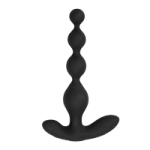 Anal Beads
Anal Beads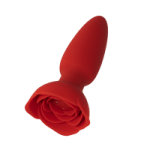 Anal Vibrators
Anal Vibrators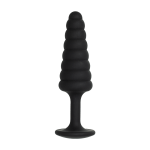 Butt Plugs
Butt Plugs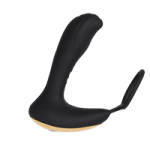 Prostate Massagers
Prostate Massagers
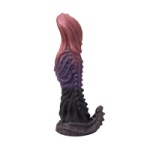 Alien Dildos
Alien Dildos Realistic Dildos
Realistic Dildos
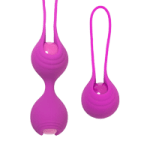 Kegel Exercisers & Balls
Kegel Exercisers & Balls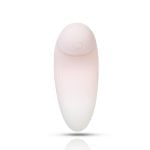 Classic Vibrating Eggs
Classic Vibrating Eggs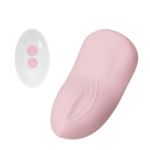 Remote Vibrating Eggs
Remote Vibrating Eggs Vibrating Bullets
Vibrating Bullets
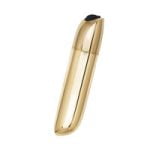 Bullet Vibrators
Bullet Vibrators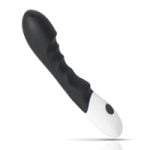 Classic Vibrators
Classic Vibrators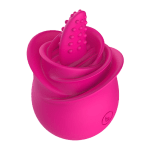 Clitoral Vibrators
Clitoral Vibrators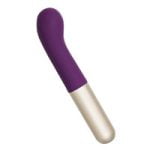 G-Spot Vibrators
G-Spot Vibrators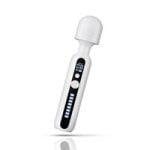 Massage Wand Vibrators
Massage Wand Vibrators Rabbit Vibrators
Rabbit Vibrators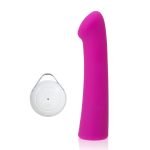 Remote Vibrators
Remote Vibrators
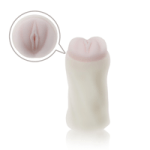 Pocket Stroker & Pussy Masturbators
Pocket Stroker & Pussy Masturbators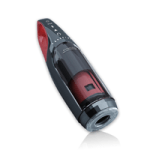 Vibrating Masturbators
Vibrating Masturbators
 Cock Rings
Cock Rings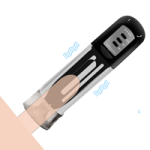 Penis Pumps
Penis Pumps
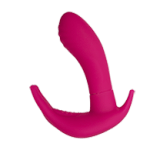 Wearable Vibrators
Wearable Vibrators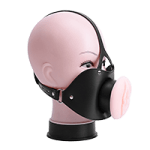 Blindfolds, Masks & Gags
Blindfolds, Masks & Gags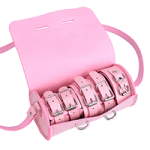 Bondage Kits
Bondage Kits Bondage Wear & Fetish Clothing
Bondage Wear & Fetish Clothing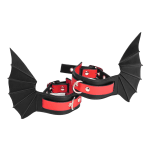 Restraints & Handcuffs
Restraints & Handcuffs Sex Swings
Sex Swings Ticklers, Paddles & Whips
Ticklers, Paddles & Whips










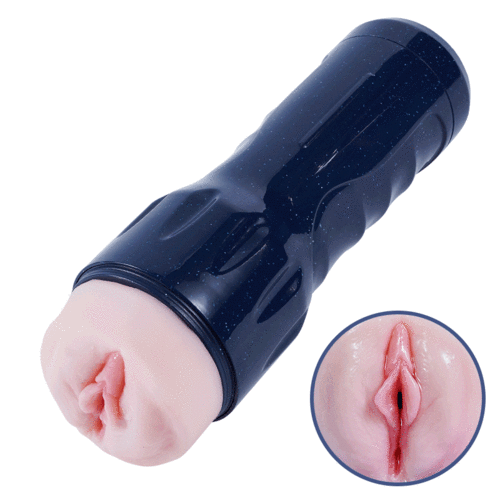


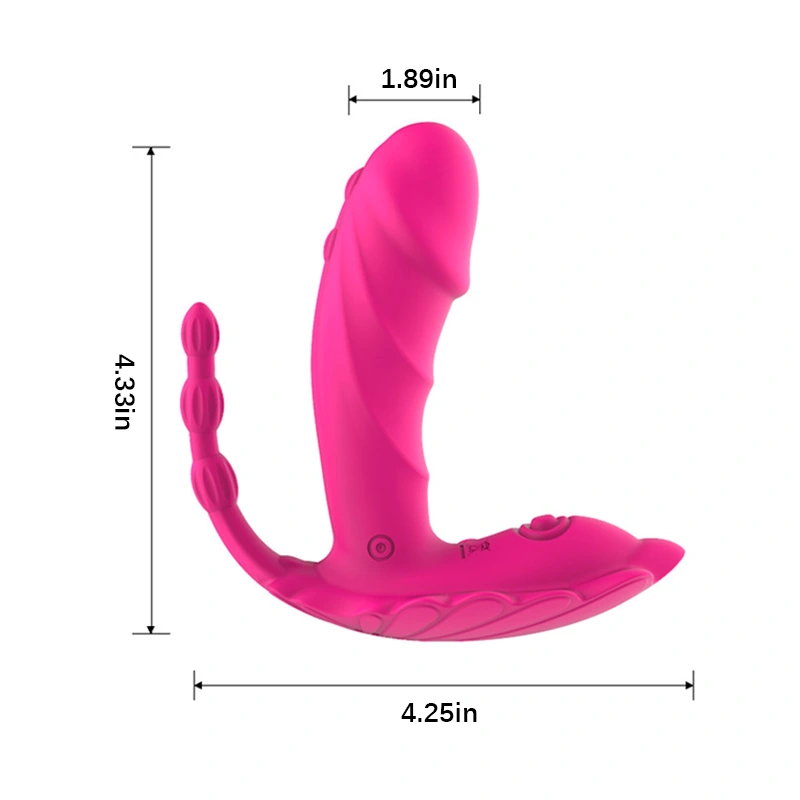

![Who would be your dream video game role-play sex doll? [Sponsored]](https://ps-eden.com/wp-content/uploads/2024/10/Who-would-be-your-dream-video-game-role-play-sex-doll.jpg)



